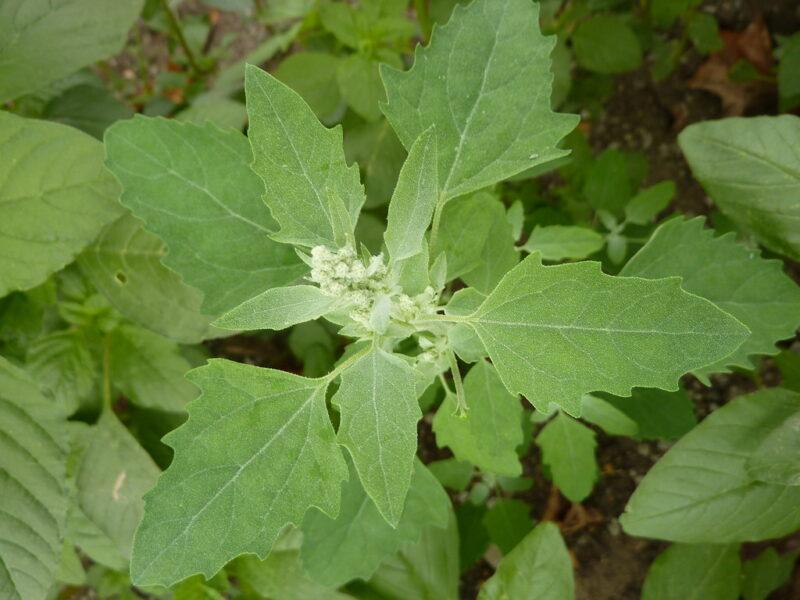Cover Reveal of the award-winning historical From the Drop of Heaven. Lawrence Knorr, award-winning cover designer and owner of Sunbury Press used many historical elements in it’s design.
The inspiration to use the font came from numerous texts at the Ephrata Cloister. The font resembles those used in the Gutenberg Bible and many other books and texts of that time period. Craftsmen originally hand-carved the letters on blocks of wood for the first movable type printing presses. It was used on just about every publication from 1454 to the 1900s in northern Europe.
The vintage engraving by Chevaillier is based on Roi Modus, a 15th century manuscript. It depicts a scene of “beggars and peasants” fighting over wine. Science and Literature in The Middle Ages by Paul Lacroix, published this engraving in London 1878.
The engraving represents a peasant battle over a keg of wine. However, in this use, the peasants are fighting both the devil and their neighbors.
The devil is from another antique engraving, showing the notorious dream that Giuseppe Tartini had that lead him to compose his violin masterpiece, titled “Devil’s Trill”.

Why that cover? the Legends
The novel describes many trips to a magical lake in the Western Vosges, the Lac de la Maix. Two of the legends referenced in the book occur at the lake.
Firstly, The Baptism of Angels, describes a solution to unbaptized babies languishing forever in Limbo.
The second legend mentioned, the Legend of the Devil Fiddler describes the formation of the glacial lake on the mountainside. In the novel, Martin plays his violin in the peaceful valley of the lake in honor of his deceased loved ones. Despite the respectful memorial, upon hearing of a celebration honoring two women accused of witchcraft, the evil priest invented the story of the Devil Fiddler to scare people away. Today, they say, you can sometimes still hear the sound of the fiddle at the lake.
The story
In the minds of the people in 1585, the devil is forever present. Everyone is a heretic to one side or the other. Accusations of witchcraft abound. Though estimates vary widely, as many as 50,000 to 80,000 people were executed as witches between 1500-1600 in Europe, especially in the Holy Roman Empire and Lorraine.

